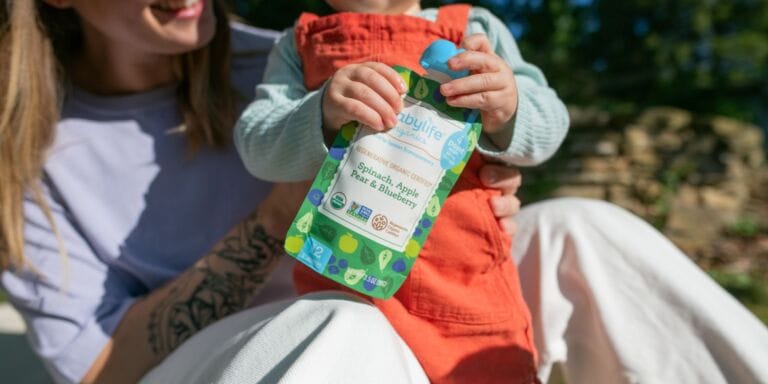5 ways to clean up your pregnancy diet, according to a nutritionist

Simple, but key changes to make to your prenatal diet.
Table of Contents
Pregnancy is not the time to diet, but it is a good time to detox what you’re consuming. As the demands of your changing body and growing baby are at an all-time high, you’ll want to give a little extra thought to your food choices and make your prenatal diet as safe and natural as possible. Seems easy enough, right? Well, not so fast.
There are some major foods groups, like carbohydrates and omega-3 fatty acids, that you don’t want to cut out of your prenatal diet, while other foods and ingredients are usually off-limits. If you haven’t really eaten clean before, it can be hard to know where to start. But not to worry, there are easy, seamless guidelines that you can follow to detox your prenatal diet.
Here are five simple ways you can clean up your diet for a healthy pregnancy.
1. Avoid processed foods
When you’re busy, you don’t always feel like cooking and takeout, frozen or prepared meals end up looking pretty appealing. But most processed foods have additive and days’ worth of sodium that your body doesn’t need, especially during pregnancy, as it can up your risk for water retention and high blood pressure.
So instead, try to focus on meal prep—cooking at home using real ingredients. It doesn’t have to be complicated or Instagram worthy. One of my favorite ideas is to bake a few chicken breasts at the beginning of the week and make a few sides in bulk, like roasted veggies, quinoa, or grains like brown rice or farro.
2. Go full-fat
Remember all the fat-free and diet products at the grocery store? That trend is still around, but we know now that not all fats are created equal. There are “good” fats (avocados, olive oil, nuts, seeds, dairy) that are critical to keep our bodies functioning properly; and there are “bad” fats (trans-fats, which are found in fried foods and some frozen and packaged items).
“Low-fat” or “fat-free” also indicates that though fat has been removed, sugar and salt have most likely been added to compensate and keep up the flavor.
Consider the fats in your diet, and opt for fats that come from the healthy sources above.
3. Complete each meal with protein, healthy fat & fiber
The combination of protein, healthy fat and fiber works to fill you up and keep you satisfied long after the meal is finished. Plus, you’ll get the nutrients you need to do the work of growing your baby!
Some examples of complete meals are:
- Full-fat Greek yogurt with berries and a spoonful of almond butter for breakfast
- Salad with heated chicken, greens and avocado for lunch
- Salmon with brown rice and veggies, cooked in olive oil for dinner
4. Read ingredient labels
This seems obvious, but be mindful of labels, especially of your sugar intake. Sugar is sneaky. It often hides out in places you would expect to be relatively safe, like yogurt, granola, salad dressings and condiments.
Sugar can also be listed under other names. In fact, there are 50 different names for it. 50! Like high-fructose corn syrup, evaporated cane juice, molasses and agave. So read what’s in your packaged items, and look up anything you’re unsure about.
5. Don’t drink your calories
I know that your beverage options during pregnancy are slim, but you can diversify without ingesting unnecessary and unhealthy calories. So avoid sugary drinks like fruit juices, sodas and sports drinks.
Instead, focus on drinking water or sparkling water, and add natural flavoring with lemon, lime, orange, berries, cucumbers and so on. It’s incredibly important to stay hydrated when you’re pregnant, but sugary drinks can actually dehydrate you.





































